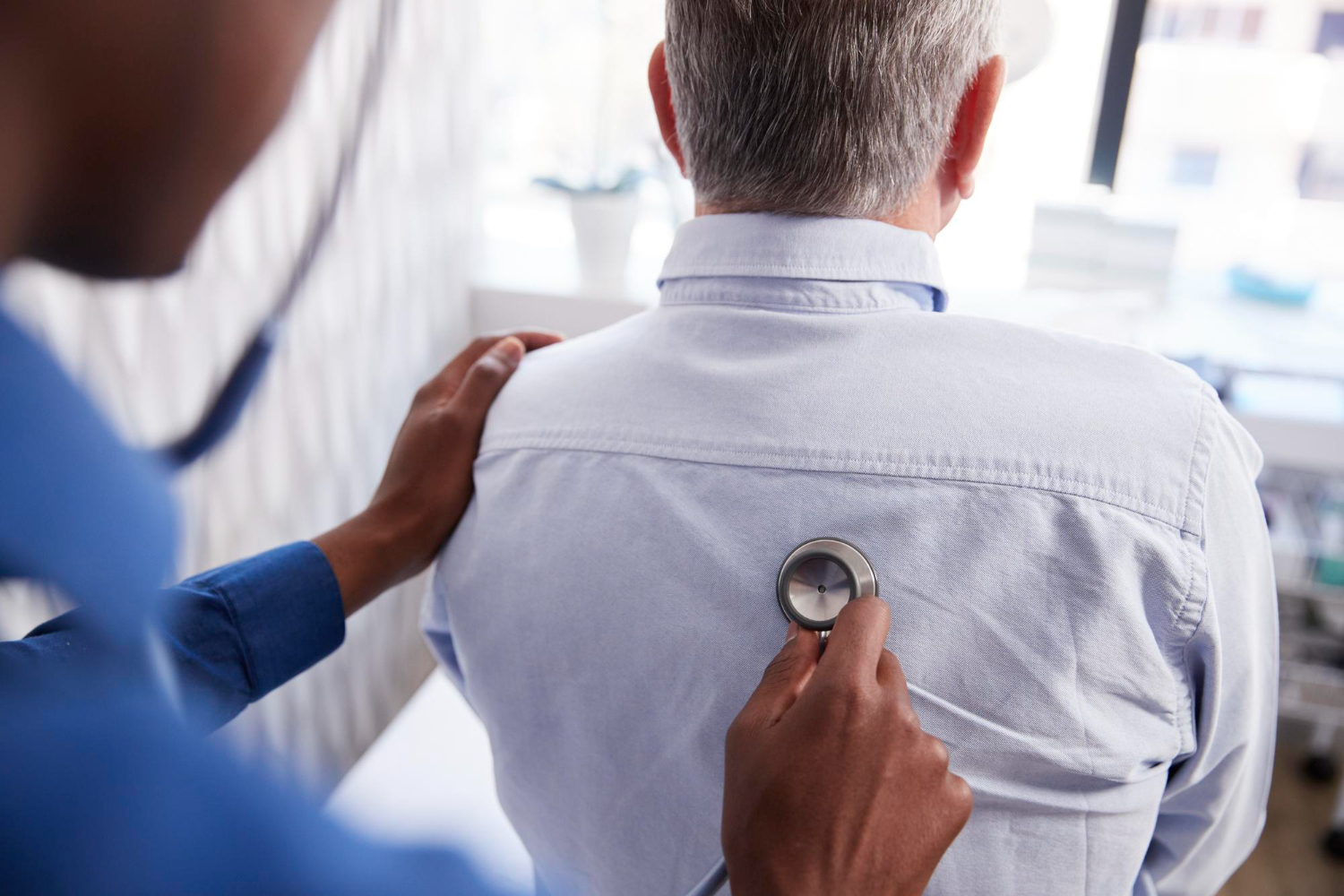Bronchoscopy Procedures
Bronchoscopy procedures allow the pulmonology team at Beaufort Memorial to visualize the inside of your airways, so our doctors can diagnose and treat common pulmonary conditions.
Call 843-707-8040 to schedule an appointment with a member of our pulmonology team.
Understanding Bronchoscopy Procedures
Pulmonologists use bronchoscopy procedures for many different reasons, from diagnosing a lung disease to investigating symptoms, such as a persistent cough or difficulty breathing, to treating your condition.
A bronchoscopy can be used to:
- Conduct a bronchoscopy biopsy to collect samples of tissue suspected of being cancerous
- Control bleeding in the airways
- Diagnose lung damage due to autoimmune disorders
- Find and treat growths or blockages in the airways
- Perform bronchoalveolar washing, where saline solution is used to gather cells and bacteria from the lungs to find the cause of a lung infection
- Place a stent in your airway
- Remove lung tumors
- Treat lung cancer with radiation or laser therapy
During a bronchoscopy, your pulmonologist inserts a thin, lighted tube with a camera called a bronchoscope through your mouth or nose and into your airways. In certain procedures, a robotic bronchoscopy will be used for more precise guiding of the scope and instruments. Our doctors might also use ultrasound during the bronchoscopy to view lymph nodes and other structures around the airways.
What to Expect Before, During and After a Bronchoscopy
To prepare for your bronchoscopy procedure, your doctor will tell you to avoid eating or drinking anything after midnight the night before, though you may be able to take some of your medications.
During a flexible bronchoscopy procedure, you will be sedated and have a numbing agent administered in your mouth or nose, so you won’t feel discomfort. The pulmonology team will monitor your heart rate, blood pressure and blood oxygen levels, and you will be provided with supplemental oxygen to assist breathing during the procedure.
In rare instances, a rigid bronchoscope is used. A rigid bronchoscopy, unlike the flexible bronchoscopy, is usually performed under general anesthesia in an operating room. A shorter, rigid tube is inserted into the throat so your pulmonologist can view your trachea and vocal cords. The rigid bronchoscope is typically performed when there is a larger obstruction in the airway.
Once the bronchoscope is inserted, your doctor will use a camera to assess and photograph your airways. The doctor might also remove any blockages or tumors that appear or collect specimens and tissue.
After the bronchoscopy procedure, the pulmonology team will discuss possible treatment options related to the findings. If tissue samples were collected, those test results should arrive in a few days to a week.
You might experience a cough, hoarseness or sore throat after your bronchoscopy. These may be relieved with cough drops.
If you need a bronchoscopy, the pulmonology team at Beaufort Memorial will walk you through what to expect and help you interpret the results so you and your doctor can come up with the right treatment plan for your condition.


